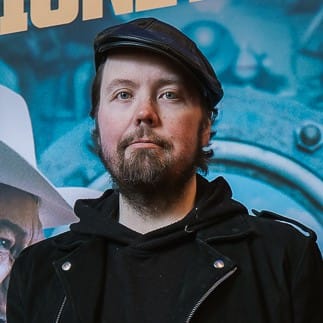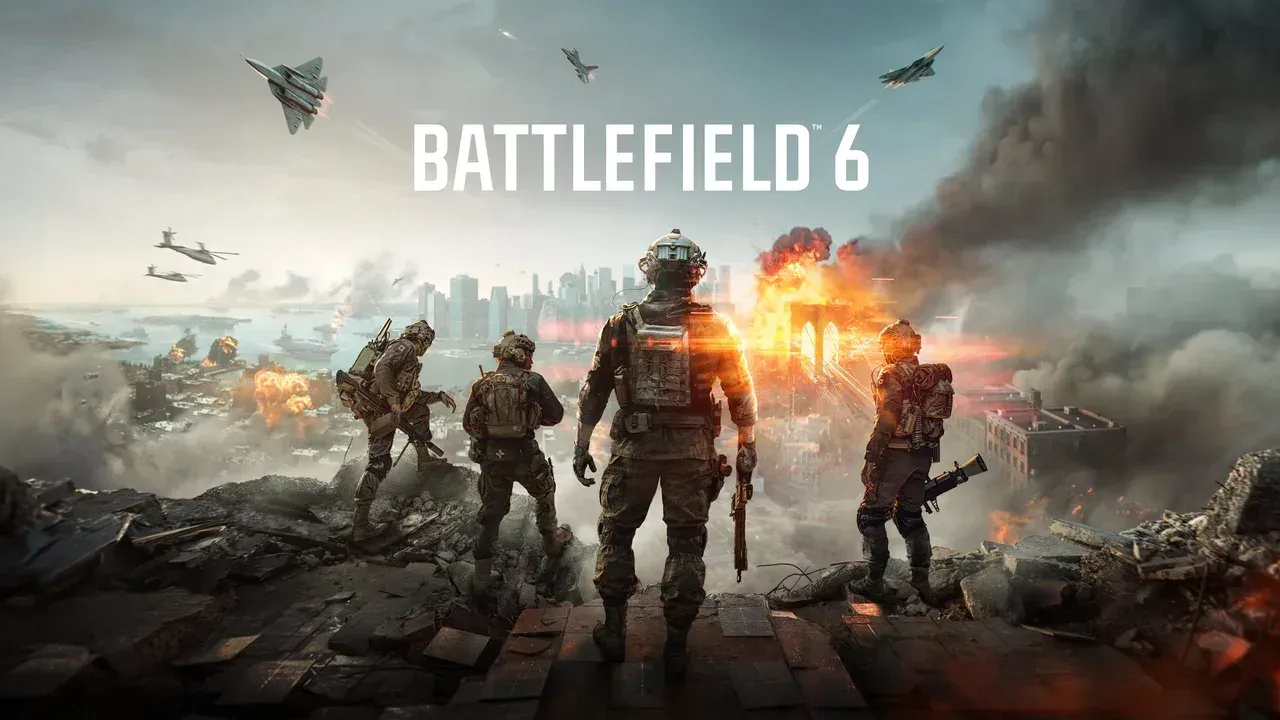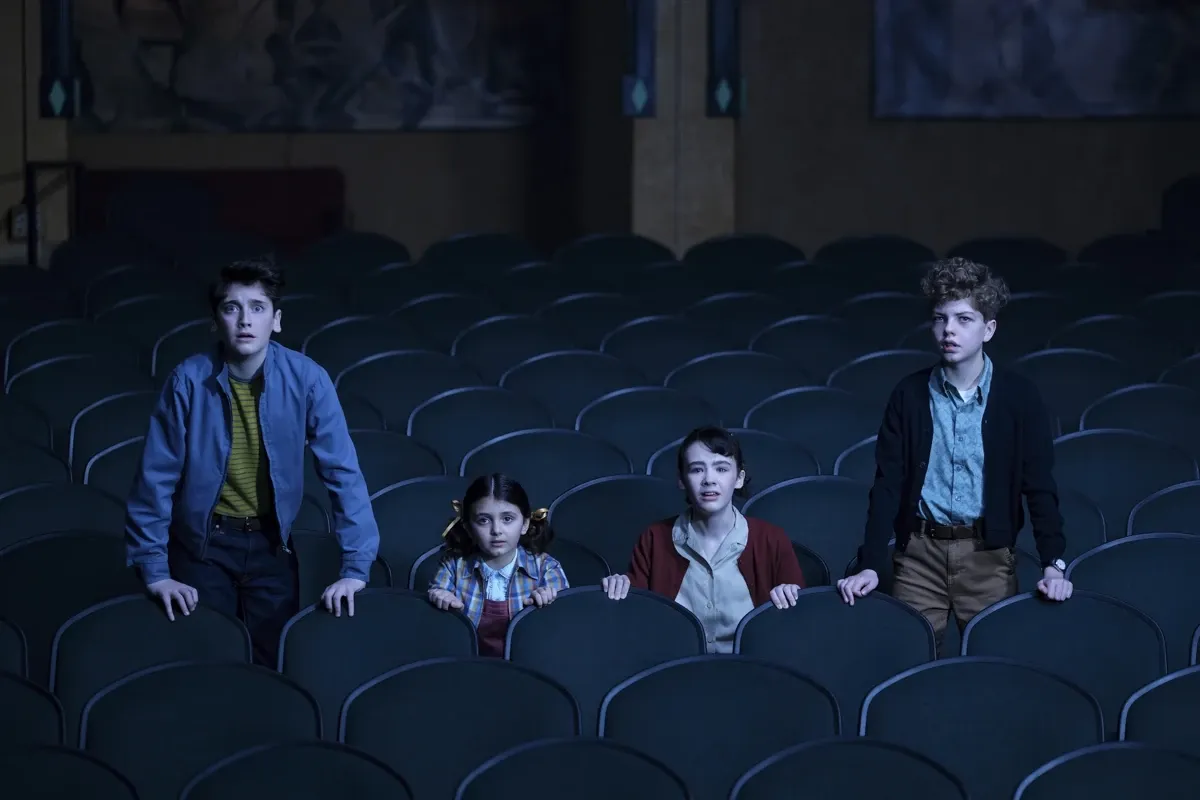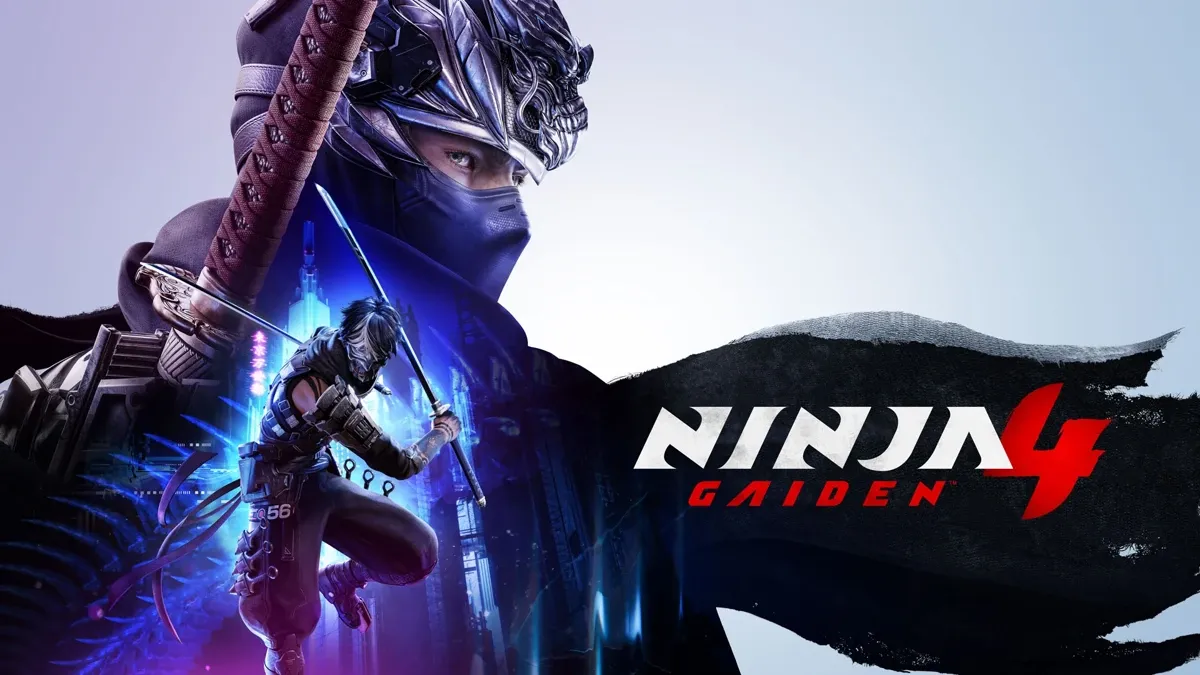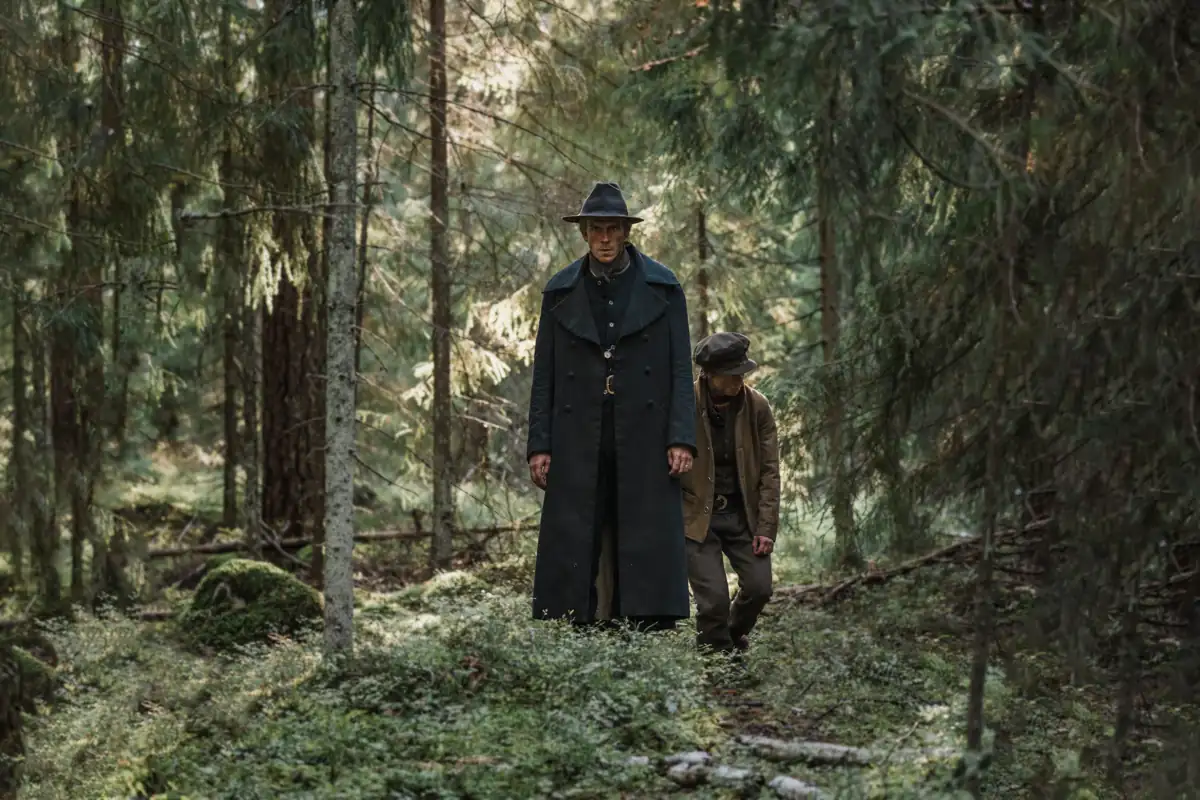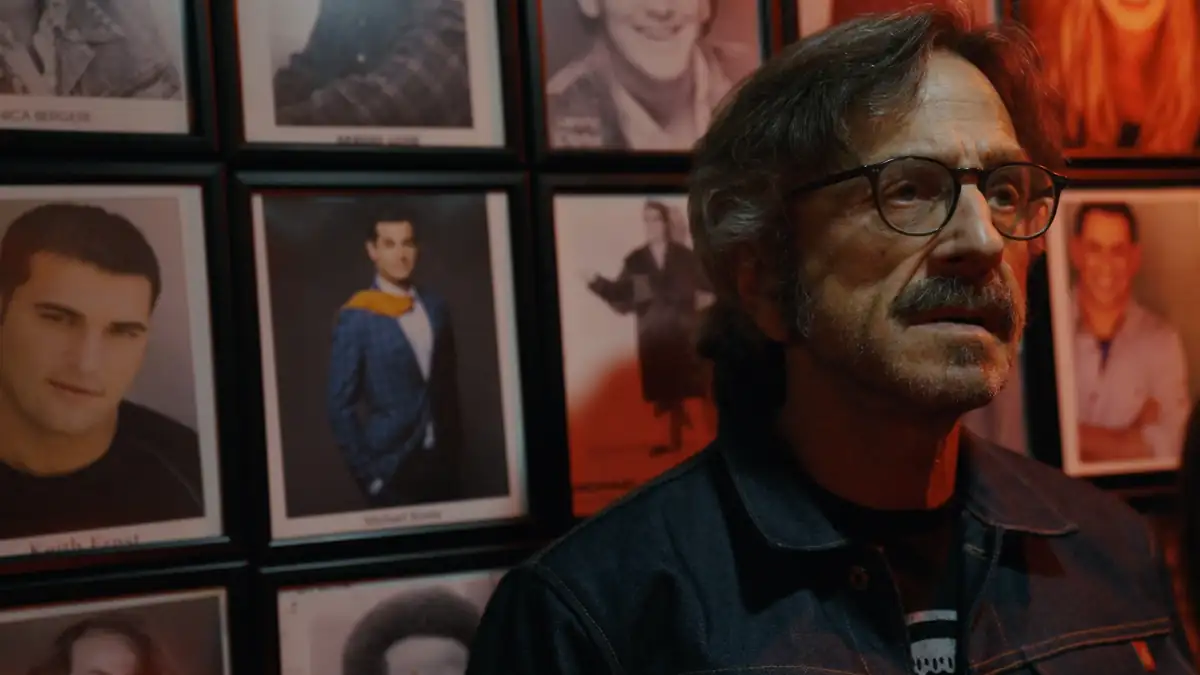Reviewed on: Xbox Series X
Distributor provided a review copy
Halo is one of the Xbox’s most important and longest-running titles. An icon of system-selling blockbusters, it almost single-handedly carried the fledgling console into the big leagues. Over the years, its star diminished some, and the fifth game in the series, Guardians, received an almost muted reception. This made last year’s news that Infinite would be delayed by a full twelve months, missing the launch of a new console, that much more devastating.
On top of that, Infinite launches in three parts. The first, a stunted multiplayer experience, is already out. The single-player campaign arrives in just days. But one of the biggest selling points, the co-op campaign, remains in limbo into the distant future. It’s a wonder, then, that Infinite is not a train wreck, but instead a great example of just how much this franchise has to give. If the developers can decide where they want to take it.
Halo Infinite picks up immediately in the aftermath of Guardians. Humanity and the Master Chief are at their lowest point. The Banished, an off-shoot of the Covenant, have won. Cortana is still out there, and Master Chief floats into space, defeated. Luckily, a chance encounter with a lone pelican and its pilot brings a glimmer of hope. The Halo Zeta Ring, called Infinite, is still dangerous. With the help of The Weapon, an A.I. bearing a surprising likeness to Cortana, Master Chief sets down on the megastructure once again.
The plot, happily, is much better this time around. Where Guardians obfuscated the main story with too many additions, Infinite focuses again on what matters. Mainly, the relationship between Master Chief and Cortana, and the toll that decades of intergalactic warfare take on them. These parts are some of the best in the series, pushing the stoic and monosyllabic Chief into new territories.
It’s a nice change of pace from the disparate story in the last game. Especially as 343 Industries feels much less devoted to deifying Master Chief this time around. He’s vulnerable and tired, and there’s a sense that all this hero business might one day prove too much for him. Sadly, Infinite also tacks on the now overblown mythology of the series, introducing yet another alien race bent on destroying the universe.
Speaking of new territories, Infinite is as close to an open world as Halo has ever been. After about an hour of tutorial missions, Infinite drops the Chief onto the Ring and lets him go. Well, almost. It’s never quite as open as you’d expect. The closest example I can think of is the early open-world Grand Theft Auto games, where progression dictated which parts of the islands you can explore. You can’t quite go anywhere, and most places remain oddly static no matter what you do. But it’s a start.
It’s hard to gauge just how successful the leap into the open world is without the co-op campaign. Most things here feel like they need other players to get the full experience. Banished outposts, for example, feature numerous ways players can infiltrate them. Everything from sneaking to full-on aerial assaults is possible. Playing alone leaves a feeling you’re only getting a small morsel of what’s possible. It’s an extremely tasty sample, but it does leave a hankering for something better.
Then there’s the Ubisoft curse. The open world of Infinite is nowhere near the size of Assassin’s Creed, but it already suffers from similar bloat. Most missions around the map are filler, each repeat of one singular design. Marines need saving and bases need emptying, sometimes you’ll destroy a Banished propaganda station. Each base has a signal tower that reveals a portion of the map, including collectibles. If that sounds familiar, it’s because it is. Even as Halo Infinite feels like a joy to play, there’s very little innovation to be found.
The open-world structure also brings unforeseen balancing issues. While it’s always fun to take out enemy patrols from a distance, it’s far less so when it happens to you. Far too often I found myself on the receiving end of bullets where I couldn’t pinpoint their origin. Similarly, the amount of enemies at any given time ranges from challenging to outrageous. Fighting off multiple tanks, snipers, and hunters at once might be amazing in multiplayer, but not solo.
But at the same time, Halo Infinite is by far the most fun Halo to date. At least on a pure gameplay level. It’s utterly thrilling to make ground assaults against overwhelming odds, and it feels like 343 Industries has finally cracked the code on satisfying gunplay. Every weapon feels like a blast, even when the constant scavenging for ammunition turns tedious.
Another addition Infinite gets just right is the grappling hook. There are other additional powers, like a portable wall and booster, but I barely used them. They feel more like additions for the multiplayer, and I found their addition cumbersome for the most part. But the grappling hook is a whole other beast. It single-handedly changes the way Halo is played, and it’s all the better for it. Exploring mountain ranges and enemy bases is a joy, and there’s a genuine thrill to gliding across a hectic battle to punch a grunt in the face.
It’s only when Infinite returns to its roots that the game slows down. Sometimes to the point of dullness. Throughout the campaign, Master Chief needs to shut down multiple installations, all related to the Ring. These sections are entirely removed from the open world, right down to a separate loading screen, and feel like a throwback to appease fans who didn’t want their Halo to change. They’re fine on their own, but because each station is nearly identical to the other, they quickly turn repetitive.
Therein lies the problem. Halo can be many things, but it’s clearly at its best when it focuses on just one area. The highly contained levels have the same polish and staggeringly good design as yesteryear titles. But they’re also very much a repeat of what’s come before. Inside, you’ll repeat mundane tasks over and over, and not even excellent gunplay can distract from that.
Outside, the vastness suffers from similar ailments. There’s much to explore, but little to discover. Assaults carry the weight and epic nature of earlier Halo campaigns, and it’s clear why Infinite pushes so hard to bring them to the forefront. But beyond them, this new installment is still looking for a clear vision.
Not all of Infinite’s faults are of its own making. Open-world games are, by their very nature, stuck in a rut. No developer to date has found a way of making their increasingly large maps interesting to explore. Repetition is the currency of the realm, so to speak. Infinite is already reinventing how a beloved, two-decades-old, series is played. It would be incredible if they’d fix an entire genre while they’re at it.
Instead, Halo Infinite is simply a very, very good Halo game. One of the best we’ve got in years. Certainly in the realm of the original trilogy as far as playability goes. While the plot stumbles in its mythology, it makes leaps of headway in introducing humanity to its leads.
I’m not entirely sure the multiple-release tactic is a good one, either. The multiplayer, as it stands, is fun but severely undercooked with only a handful of maps and a terrible battle pass system in place. The campaign is fun but needs co-op to really soar. All the pieces are there for a brilliant entry, but we won’t know how they work together until months from now.
Having said that, I spent over twenty hours exploring The Ring. I will continue to explore it after the review. Whatever Halo Infinite does right, it does so with impeccable artistry. It’s just that so many other areas feel like unfinished afterthoughts.
If this is a rebirth, as it underlines so heavily in its story, it’s not a complete disaster. But it isn’t the unbroken stride it pretends to be, either.

